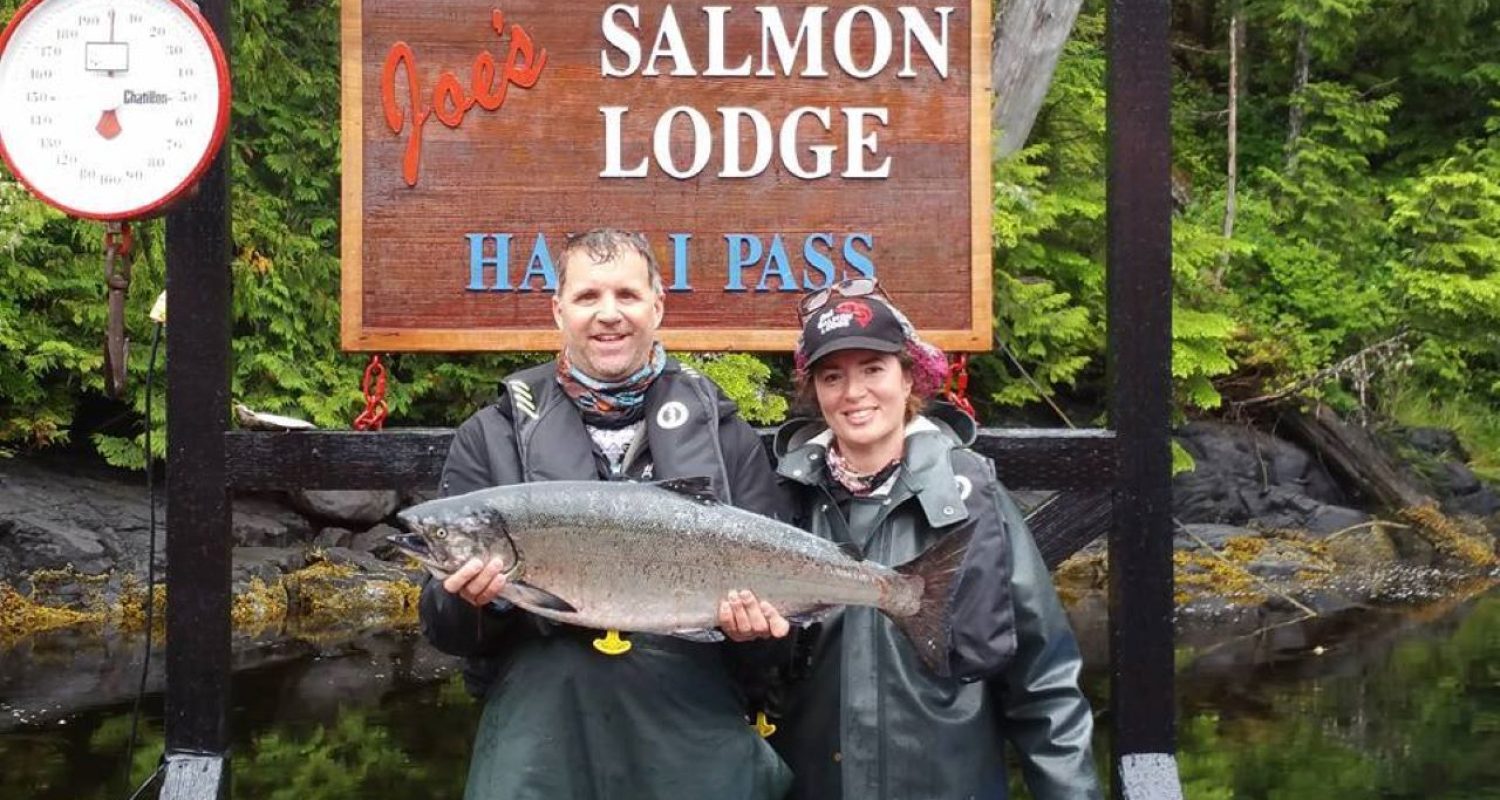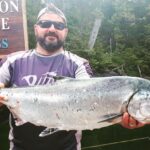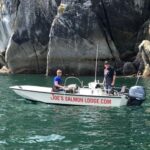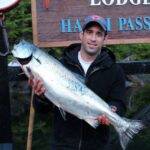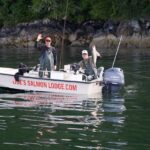Mastering the Art of Bait Rigging for BC Salmon Plugs: A Comprehensive Guide
In the realm of salmon fishing along the rugged coastline of British Columbia, mastering the art of bait rigging is essential for anglers seeking to entice these prized fish. Among the myriad techniques available, bait rigging for salmon plugs stands out as a versatile and effective method for enticing Chinook, Coho, and other species. In this comprehensive guide, we’ll delve into the intricacies of bait rigging, exploring the best practices, tips, and tricks for success in BC’s salmon-rich waters.
Understanding Salmon Plugs: Before diving into bait rigging techniques, it’s essential to understand the anatomy and function of salmon plugs. These specialized lures are designed to mimic the appearance and behavior of natural prey, such as herring or anchovies, which are favored by salmon. Plugs typically feature a weighted body, often made of wood or plastic, with treble hooks attached at strategic points. By imparting lifelike action and vibrations, plugs can trigger aggressive strikes from feeding salmon, making them a popular choice among anglers.
Choosing the Right Bait: When rigging a salmon rod for plugs, selecting the appropriate bait is paramount. While plugs are effective on their own, adding bait can enhance their appeal and increase your chances of success. Common bait options for salmon plugs include herring, anchovies, and squid, which can be rigged in various configurations to maximize their attractiveness. Freshness is key when selecting bait, so be sure to choose high-quality specimens and handle them with care to preserve their natural scent and appearance.
Bait Rigging Techniques: There are several bait rigging techniques that anglers can employ when fishing with salmon plugs. The most common methods include nose-hooking, tail-hooking, and bridle rigging, each offering its own unique advantages depending on the fishing conditions and target species.
- Nose-Hooking: Nose-hooking involves attaching the bait to the front of the plug, typically through the nostrils or mouth. This method allows the bait to swim freely behind the plug, imparting natural movement and enticing strikes from nearby salmon. To nose-hook bait, insert the hook point through the front of the bait and out through the top or bottom, ensuring that it remains securely attached while maintaining a lifelike appearance.
- Tail-Hooking: Tail-hooking is another effective bait rigging technique that involves attaching the bait to the rear of the plug, usually through the tail or body. This method provides a more subdued presentation, with the bait trailing behind the plug and creating subtle vibrations in the water. To tail-hook bait, insert the hook point through the tail or body of the bait, taking care not to damage its delicate flesh or scales.
- Bridle Rigging: Bridle rigging is a versatile bait rigging technique that involves securing the bait to the plug using a small loop of line or wire. This method allows for precise control over the placement and movement of the bait, making it ideal for targeting finicky or selective salmon. To bridle rig bait, create a small loop in the line or wire and pass it through the bait’s mouth or body, then secure it to the plug with a series of knots or twists.
Tips for Success: While mastering bait rigging for salmon plugs takes time and practice, there are several tips and tricks that can help increase your chances of success on the water:
- Experiment with different bait types, sizes, and colors to determine what the salmon are feeding on and adjust your rigging accordingly.
- Pay attention to water temperature, current flow, and other environmental factors when selecting bait and rigging techniques.
- Maintain a steady retrieve speed and vary your presentation to mimic the erratic movements of injured or distressed prey.
- Check your bait regularly for signs of damage or wear and replace it as needed to ensure optimal performance.
- Stay patient and persistent, as salmon can be unpredictable and elusive at times, but with practice and perseverance, you’ll be rewarded with memorable catches.
Bait rigging for salmon plugs is a time-honored technique that continues to yield impressive results for anglers along the central coast of British Columbia. By understanding the principles of bait selection, rigging techniques, and presentation strategies, anglers can increase their chances of success and enjoy a rewarding fishing experience on the water. So, grab your gear, rig up your salmon rod, and prepare to reel in the catch of a lifetime in the salmon-rich waters of BC’s rugged coastline.

